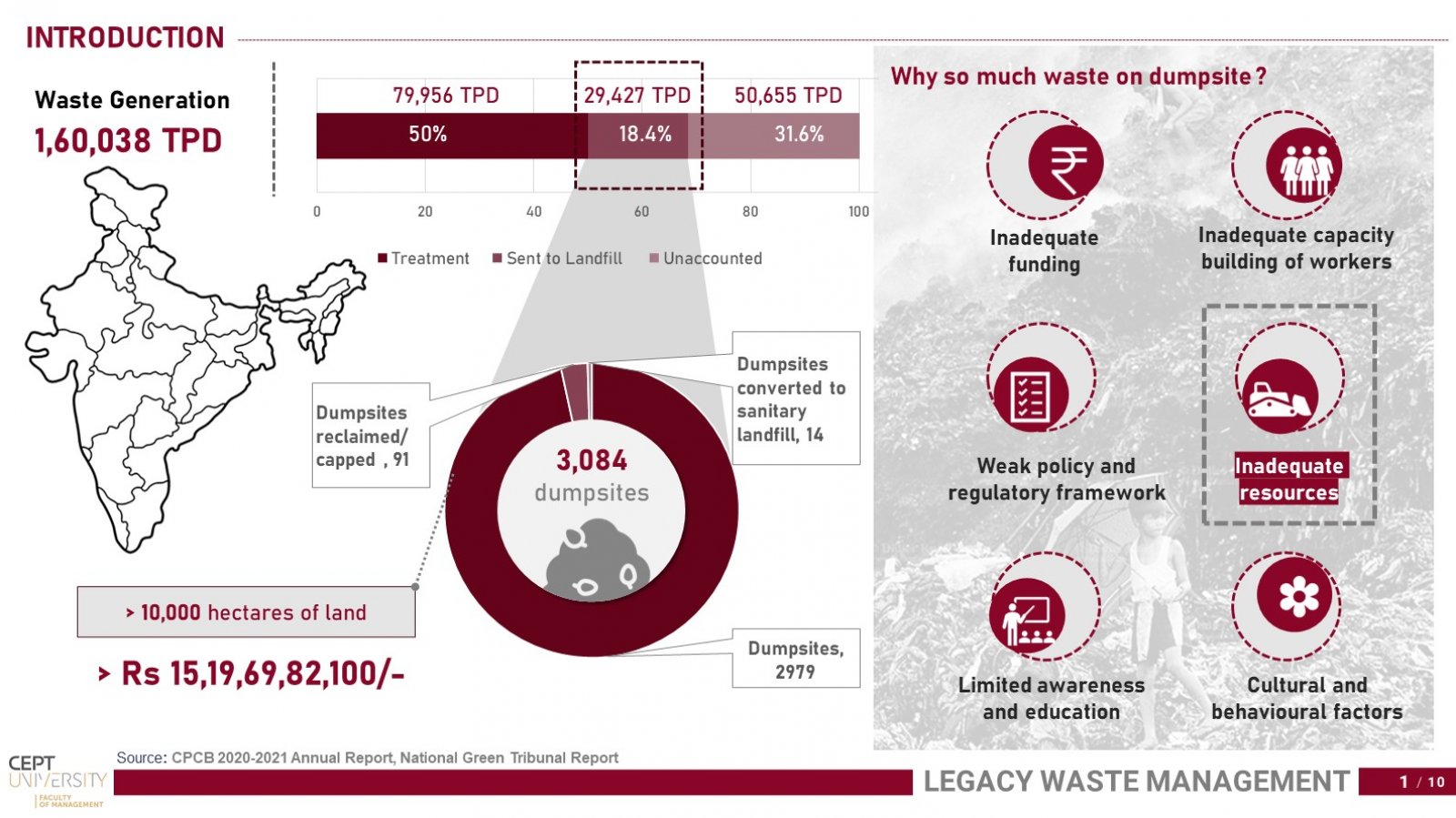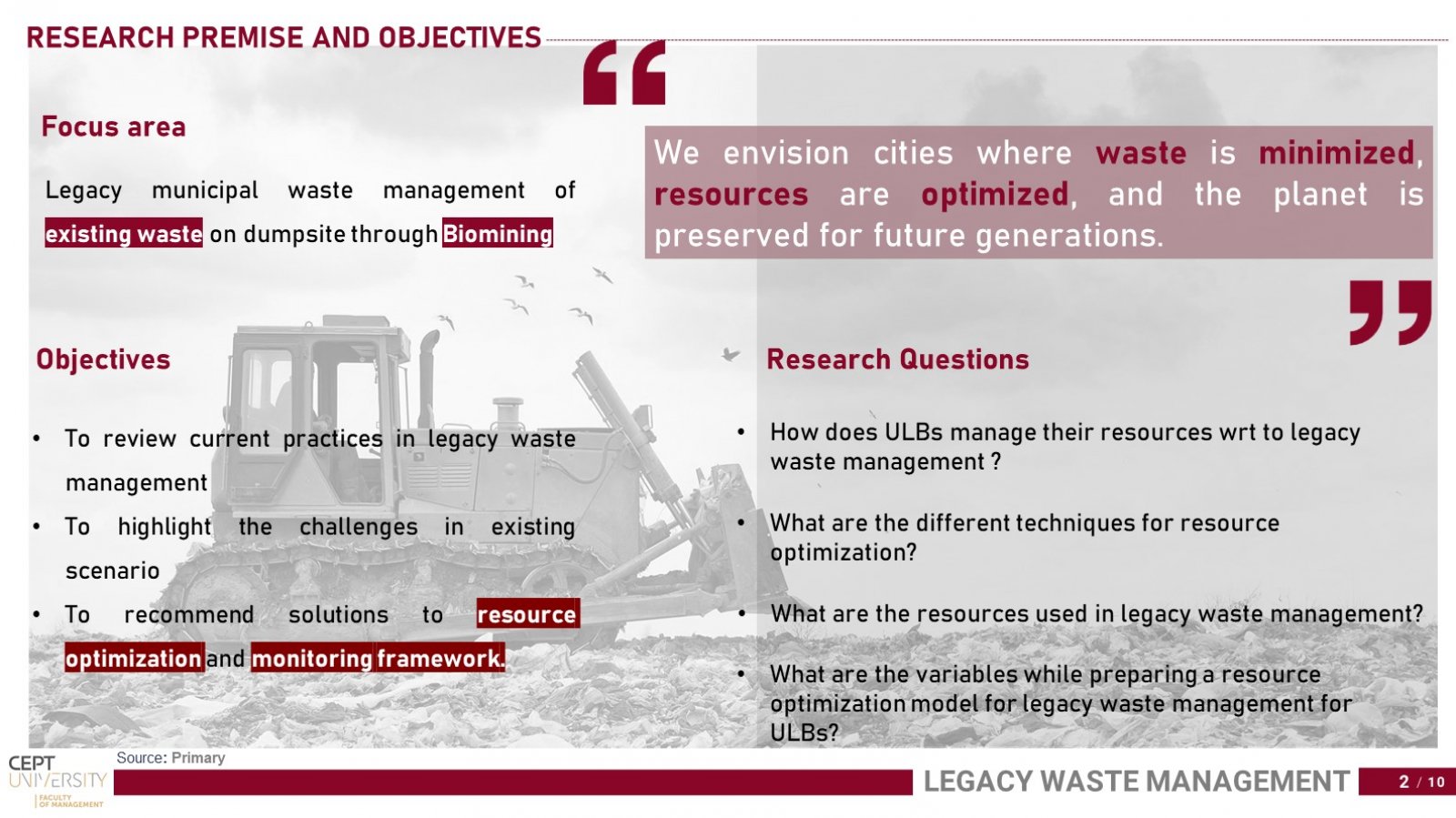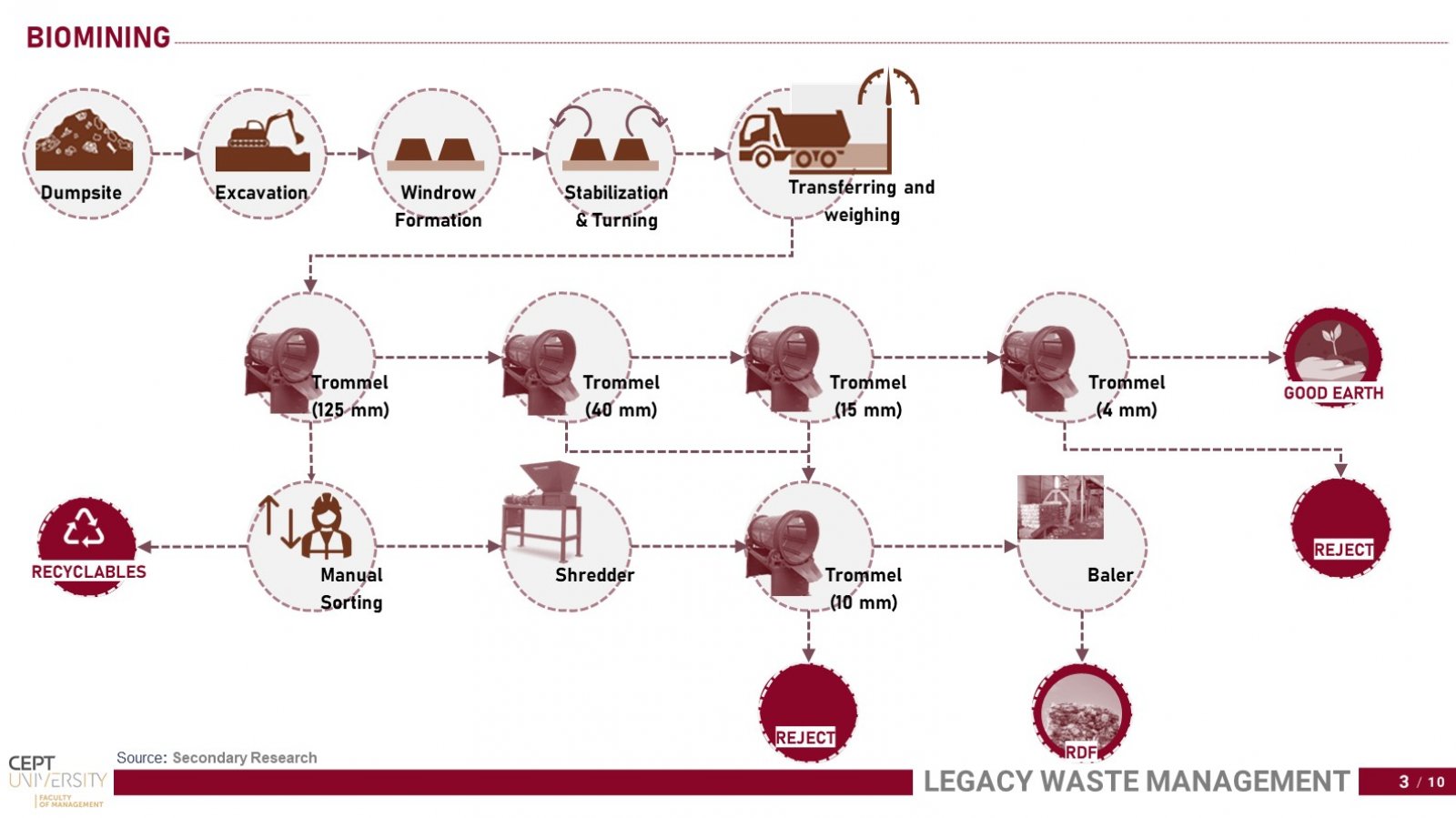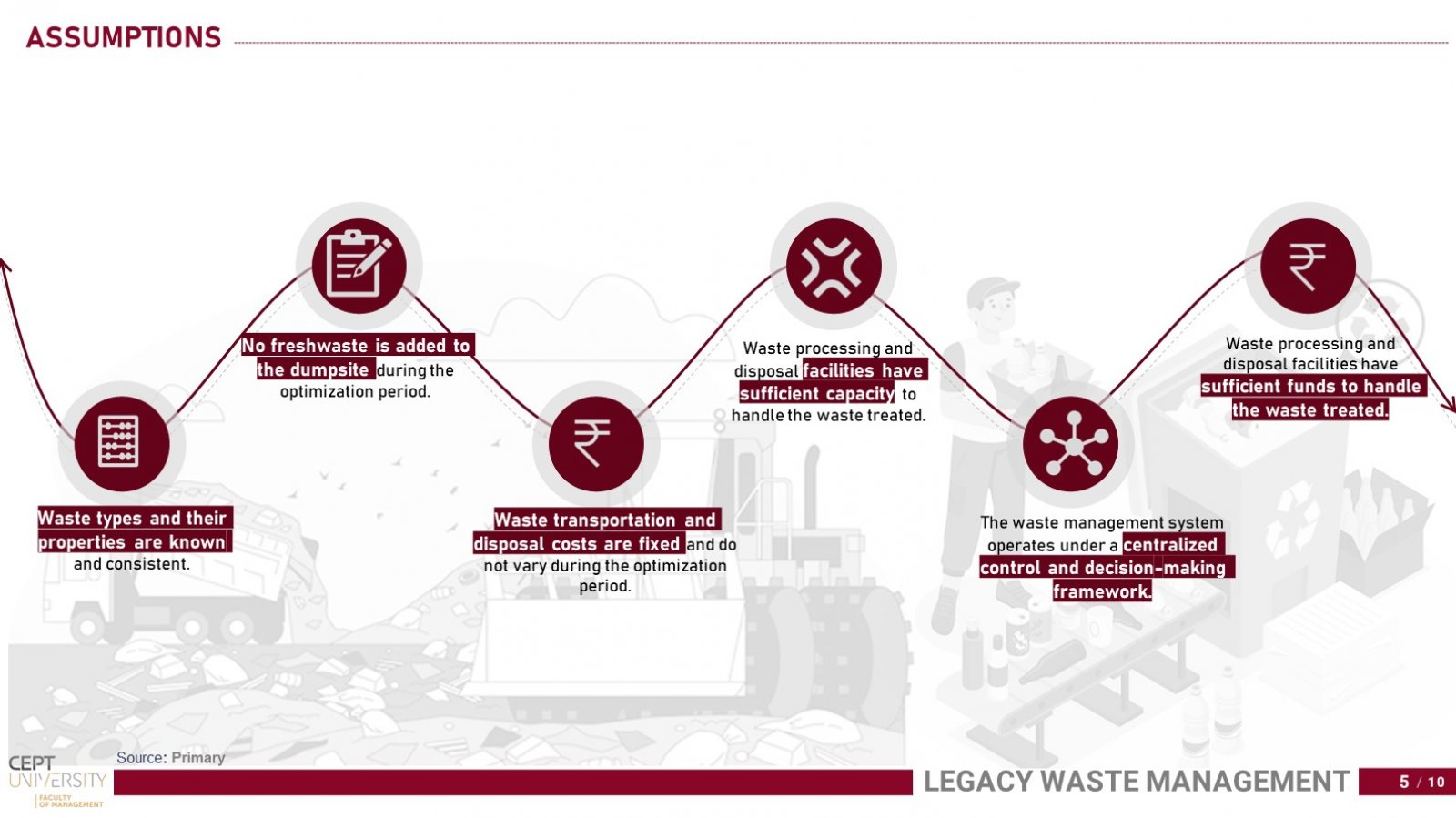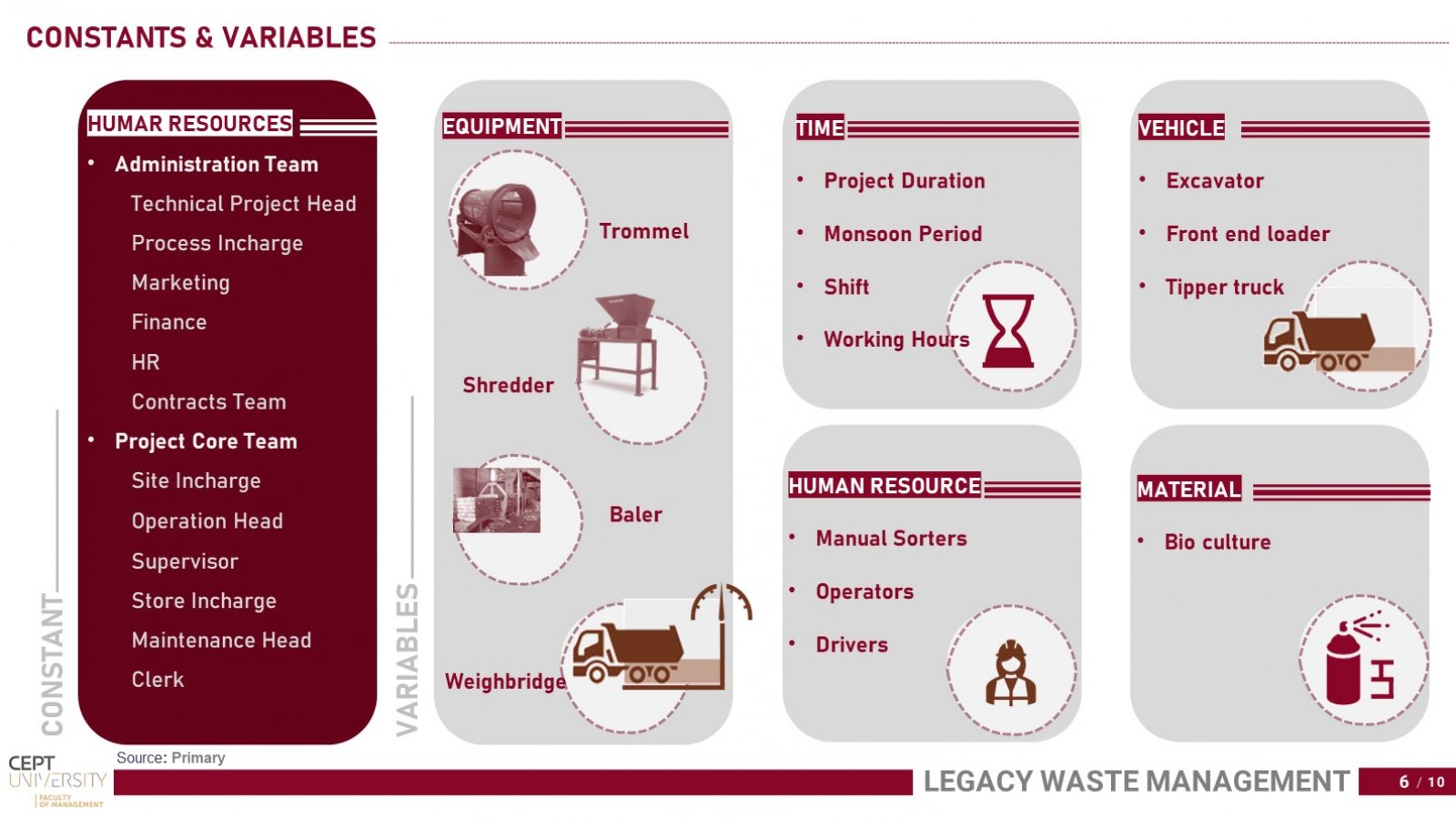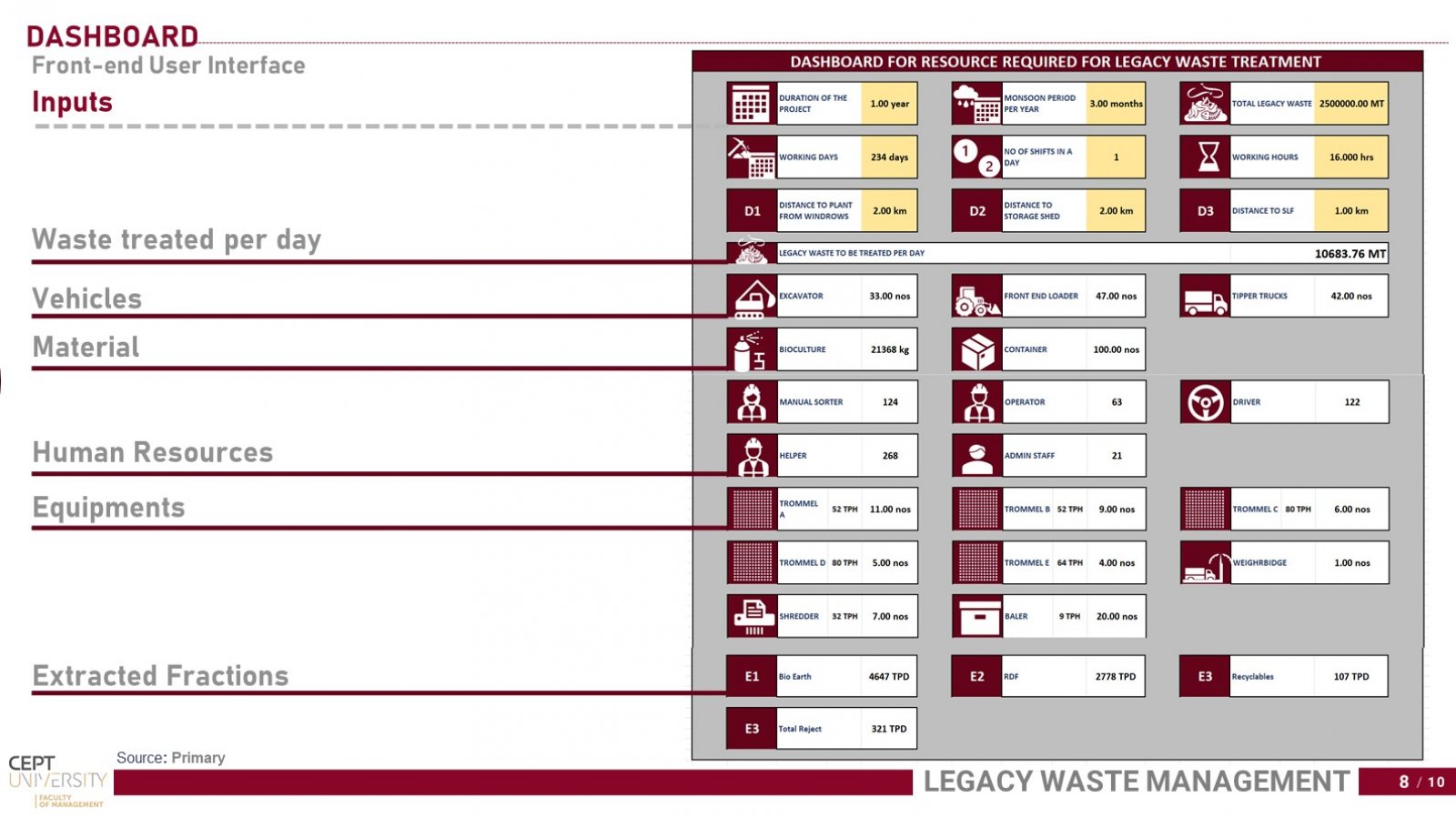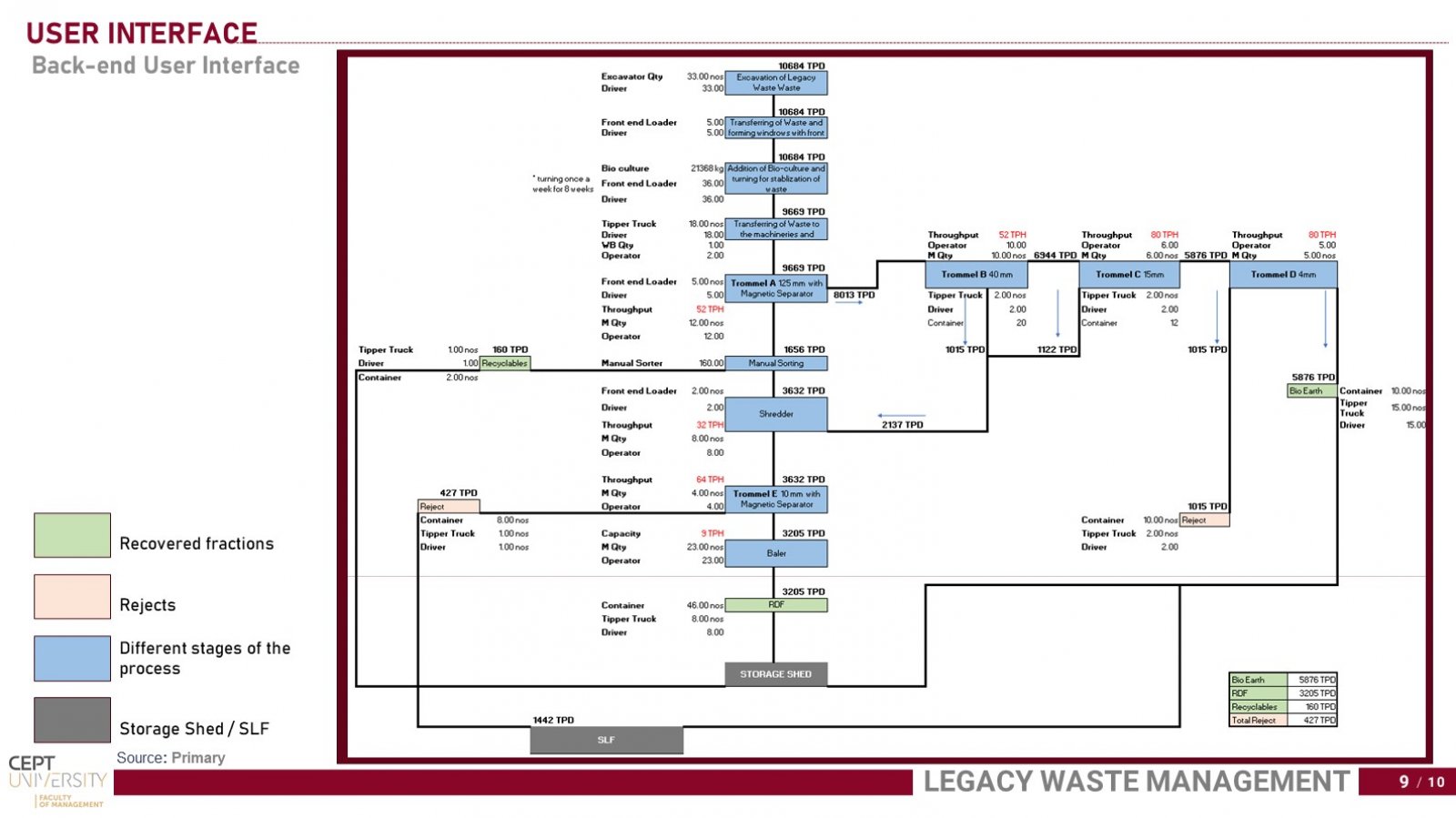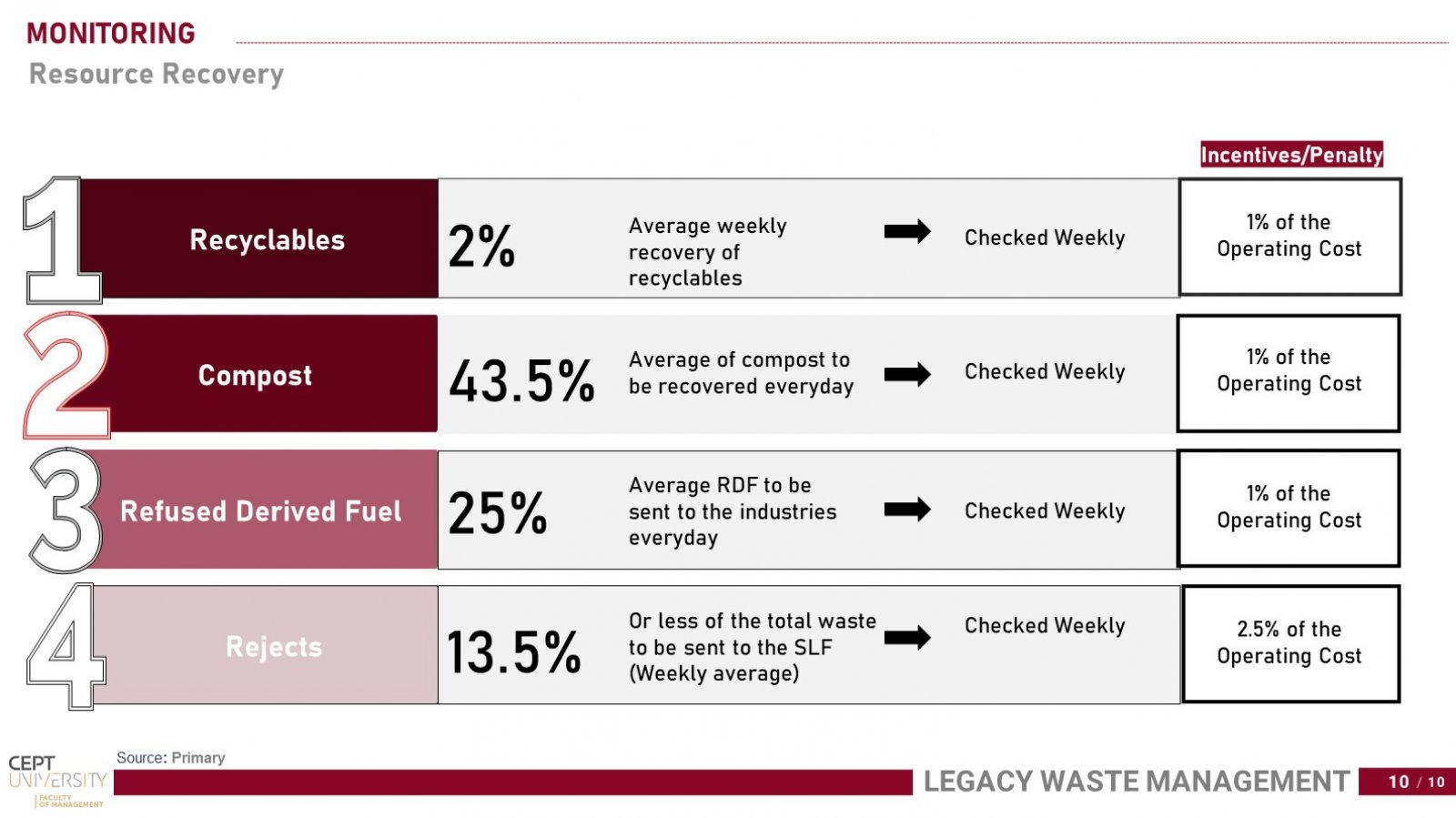Your browser is out-of-date!
For a richer surfing experience on our website, please update your browser. Update my browser now!
For a richer surfing experience on our website, please update your browser. Update my browser now!
The effective management of legacy waste is a critical issue that requires efficient resource allocation. This portfolio presents a resource optimization model for legacy waste management that takes into consideration various resources, including human resources, equipment, vehicles, and materials. The model is designed to minimize the use of resources while ensuring effective waste management activities. This portfolio provides an overview of the key factors considered in the resource optimization model, such as the type and volume of waste, the location and accessibility of waste sites, the availability of resources, and the environmental impact of waste management activities. Resource optimization model can assist organizations and governments in managing legacy waste more efficiently and effectively. By utilizing the model, stakeholders can plan and budget for waste management activities in a more informed and targeted manner, ultimately ensuring that legacy waste is remediated in a responsible and sustainable way.
